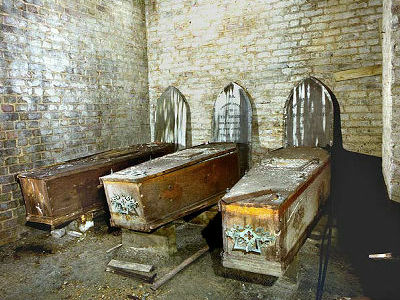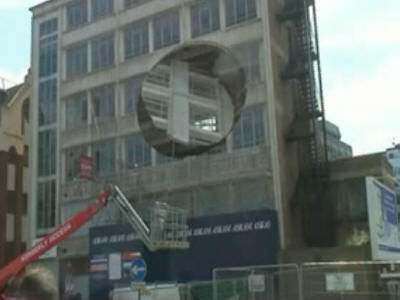What was a “rotary prison” where the whole cell rotates like a merry-go-round?

The “design” changes the feel of the product, so the “easy to use design” is pursued in many products. The “ rotary prison ”, in which a cell arranged in a circle rotates like a merry-go-round, is no longer used as a result of breaking the prisoners' limbs.
Rotary Jails | Amusing Planet
The rotary prison invented in the United States in 1881 is characterized by a short cake-shaped cell that divides a circular jar into 10 equal parts.
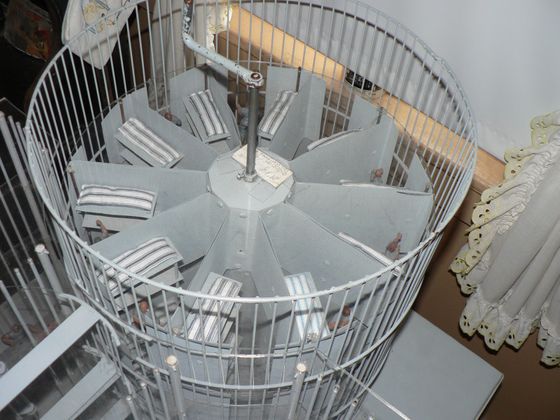
By David MacKinnon
There is no “door” in this cell, and there is only one opening on the side of the bag as an alternative to the door. The cell is placed on a rotating pedestal, and when the guard manually turns the crank, the entire cell rotates like a merry-go-round. When each cell is connected to a fixed opening, it is possible to enter and exit.
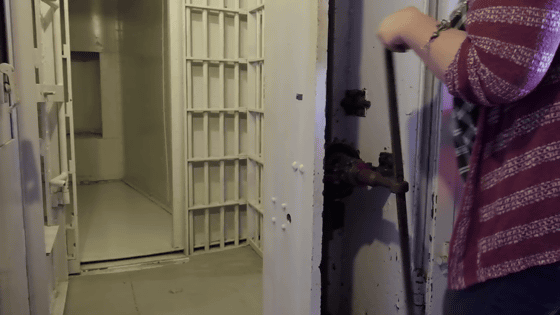
It looks like this from inside the cell. The parts other than the joints are saddles.
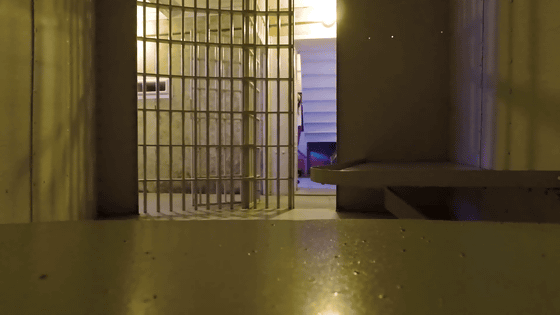
Below is an image of a rotating pedestal taken from below.
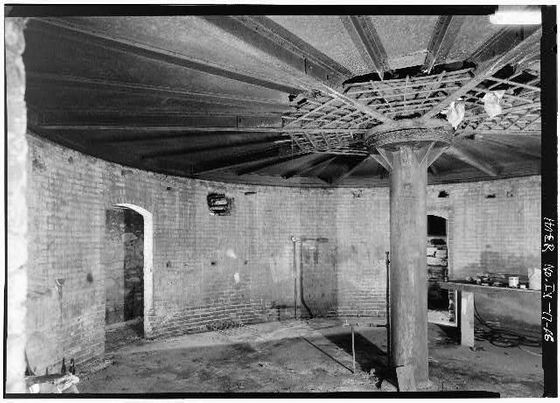
By Library of Congress
The advantage of the revolving prison was that it was impossible to jailbreak and that only one guard was needed for the lookout. The gear used for the rotation mechanism of the pedestal was slippery, and it was possible to rotate the pedestal with many prisoners on one person. It seems that the revolving prison was nicknamed “The Squirrel Cage Prison” because of its mechanism.
The revolving prison was well equipped. A ventilation system that allows air to flow freely throughout the cell, and a flush toilet in each cell, which was fairly luxurious at the time. The revolving prison was built mainly in the midwest of the United States, and 18 revolving prisons were built in the United States. The architect William Brown, who invented the revolving prison, cites the reason why the revolving prison works like this, with the goal of 'eliminating personal contact between the guards and prisoners.'
But revolving prisons had multiple problems. One is that in the event of a fire, only one cell can be connected to the entrance at the same time, so it is impossible to evacuate prisoners quickly. In addition, there was a problem that when the cell was rotated, there were many accidents in which prisoners were injured with their limbs caught in the cage. As a result of the aging of equipment in addition to these problems, all rotary prisons were not used by the 1930s.
As of 2019, there are four revolving prisons in Indiana, Iowa, Missouri, and Texas, which are now museums.

Among them, a three-story rotating prison is still in operation at the Indiana Museum.

Related Posts:
in Note, Posted by darkhorse_log

